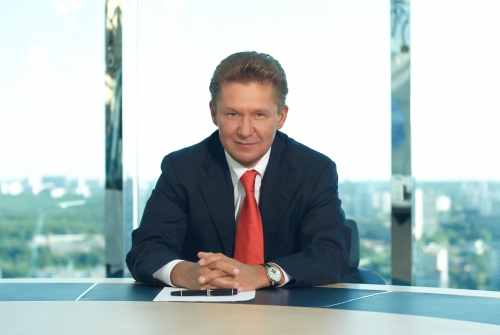Gazprom Prepares to Wind Down Central Route
Gazprom is preparing to largely decommission its central gas export pipeline system that feeds Ukraine, Slovakia and central Europe at the end of the decade as it brings on Nord Stream 2.
CEO Alexei Miller told the St Petersburg Economic Forum June 16 that the export monopoly would reduce its working capacity to no more than 15bn m³/yr, saving $1.6bn by 2020.
"For us it is a principal issue. Gazprom has launched a programme to optimise expenses in the central corridor which now has free capacities which also cost us money. We will hence liquidate 4,300 km of pipes and close 62 compressor stations... This means that by 2020 the transit capacities left in the direction of Ukraine will be 10-15bn m³/yr," he said. "There were some suggestions to leave 30bn m³/yr of transit in Ukraine; we calculated that it will cost us $25-43bn over 25 years. Who will compensate us for these extra expenses? This approach will also equal extra 112mn tons of CO2."

Alexei Miller (credit: Gazprom)
He also introduced an argument not much aired in Europe: he pointed out that Russia's production base was moving further north, to Yamal – home of the supergiant Bovanenkovo field. "Yamal is our key new resource base – actually it is becoming our main supply base. Therefore everything is moving northwards and we must adjust our strategies in terms of exports and domestic flows," he said. This would entail a new and more efficient transport system.
Running offshore, "it is the shortest and straightest export route from our Yamal resource base to our key markets of demand." The Ukraine corridor is 2,000 km or 1.5 times longer, and it is more expensive per unit per distance. It is also better for the environment, it says. It operates at higher pressure and does not entail high maintenance costs.
The costs of delivering gas to Germany will be 1.6 times is lower via Nord Stream compared with Ukraine, he said. With the Nord Stream 2 projected volumes and using this fee, Gazprom can earn $7bn in dividends in the next 25 years and provide its European shareholders dividends of $7.3bn.
"In addition, everyone knows that Ukraine needs to modernize its transmission system with significant investments which will have to be recouped via higher transit charges which is estimated to reach $4.6/t'000 m³/100 km. This will make Ukraine twice as expensive as Nord Stream 2."
He said the project was on schedule and tendering processes are ongoing. "Some tenders for the marine section of linepipe are already completed. Everything is on track and we will start laying pipes beginning of 2018." He said there was no doubt that 55bn m³ [more] gas will come to Germany through this route.
William Powell


